The city of Kanazawa (金沢市), bordering the Sea of Japan, is a place where old and new harmoniously co-exist. During the Edo period, Kanazawa was home to one of the greatest ruling clans in Japan, the Maeda, whose samurai warriors quickly expanded the city, and many reminders of that time can still be seen today.
Kanazawa, in the foothills of the mighty Japanese Alps, makes an ideal excursion when visiting the bustling ski resorts of Nagano, about an hour away from Nagano city and surrounding attractions on the Hokuriku Shinkansen bullet train, and gives visitors a taste of Japan’s history. Here, Japanese appreciation of nature takes on a greater meaning, where the breathtaking scenery will certainly captivate your imagination.
Many of the attractions in Kanazawa are located around Castle Park, just a short walk from JR Kanazawa station, but further transportation options are detailed at the end of this article.
Listen to the Trees in Kanazawa’s Kenrokuen Garden
Situated around the outer gates of Kanazawa Castle Park, Kenrokuen Garden (兼六園) is regarded as one of the top three landscaped gardens in Japan, alongside Kairakuen Garden in Mito and Korakuen Garden in Okayama. Its central location in the heart of the city makes it a must for any visitor to Kanazawa. The original garden is thought to have been built in the 1670s, but part of it was destroyed by fire before being rebuilt in 1774. Kenrokuen’s 10 hectares of beautiful, landscaped gardens are truly interactive, a space to experience rather than simply view from a distance. As visitors walk around, their senses are heightened by the smell of 160 different species of plants and the sounds of birds rustling in the garden’s 8,200 trees.
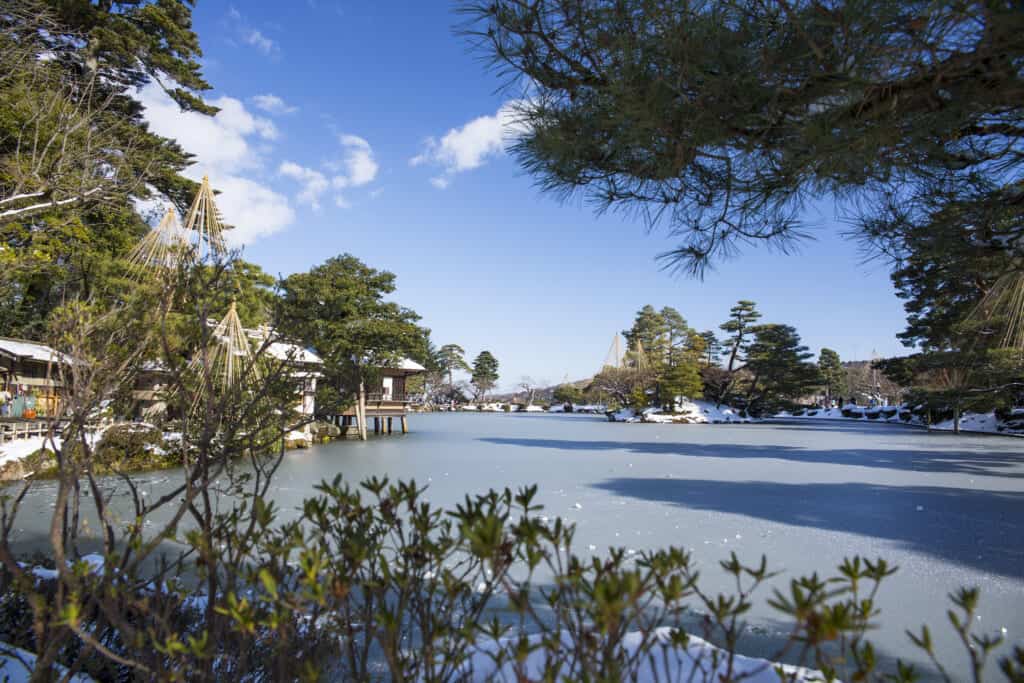
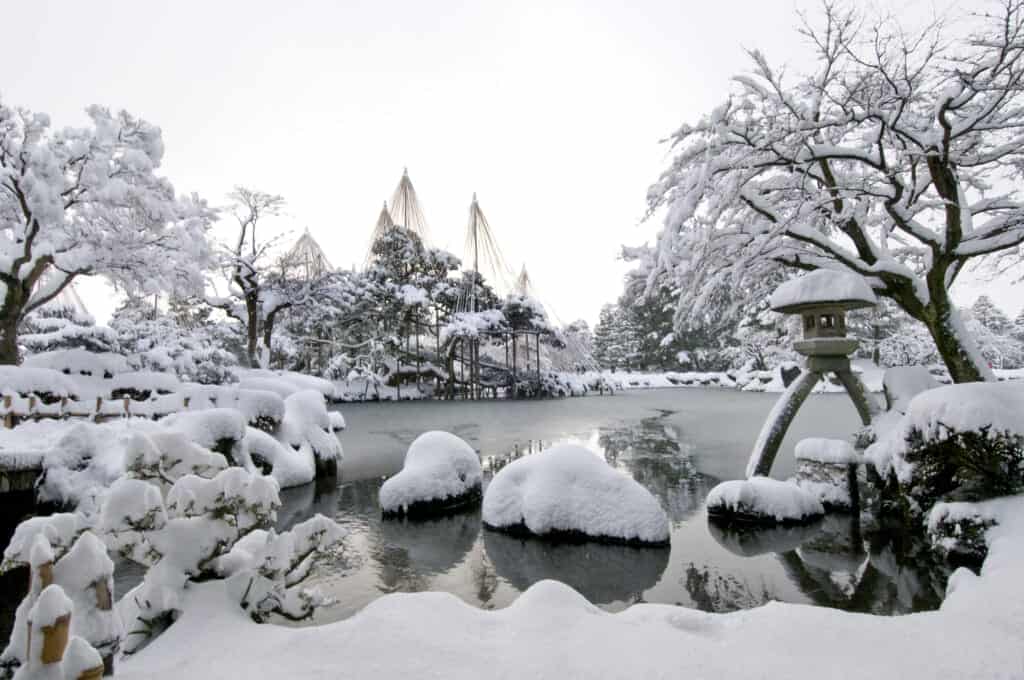
Classic points of interest include the Kotoji-tōrō stone lantern with two legs that sits on the edge of Kusumiga Pond, the garden’s largest pond at 5,800 square meters. On the various traditional wooden bridges such as Hanami-bashi, or flower-viewing bridge, you can admire the surrounding flora at any time of year, but particularly during the spring sakura cherry blossom season.
Historical artifacts are scattered throughout the grounds and make for a true voyage of discovery. The Kaiseki Pagoda, situated on a central island in Hisago Pond, dates back hundreds of years.
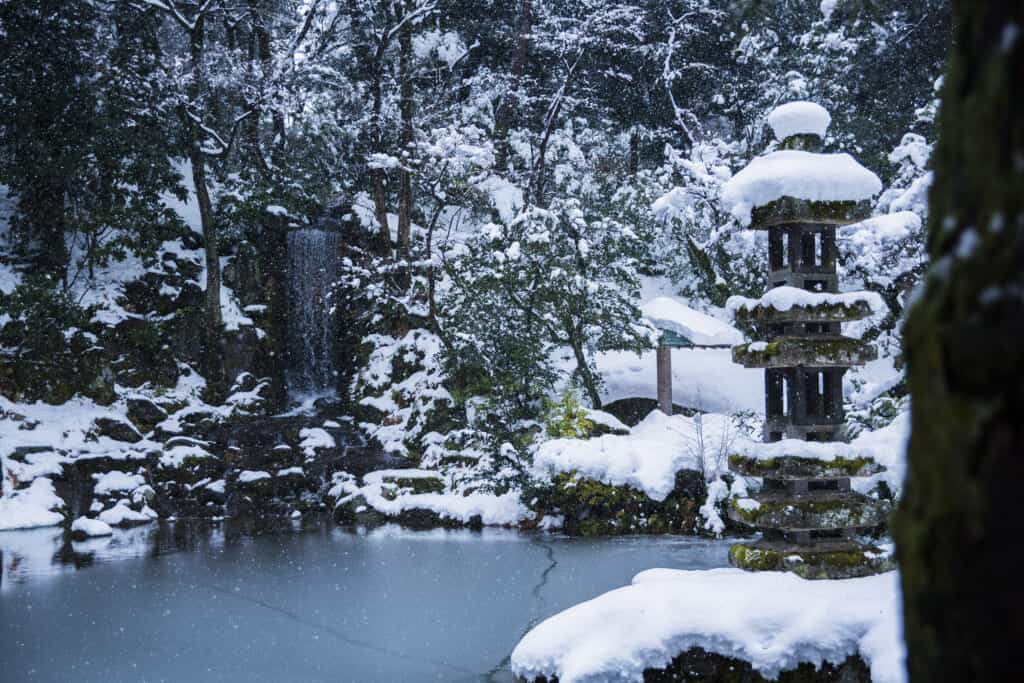
During the winter months Kanazawa receives heavy snowfall, so to prevent the weight of the snow from damaging the trees in the park, bamboo poles and ropes (雪吊り, yukizuri) are erected around many of the older trees for extra support.
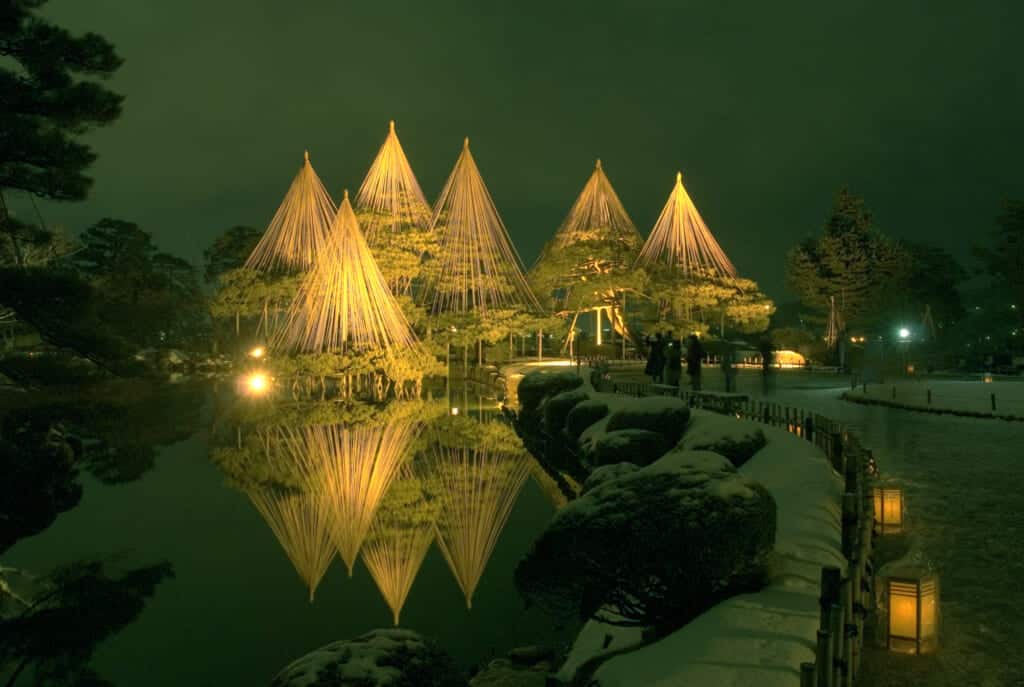
Explore Seisonkaku Samurai Villa and Art Museum in Kanazawa
Seisonkaku Villa (成巽閣) is located in the southeast corner of Kenrokuen Garden. Constructed around 1863 during the Edo period by a Maeda lord, it was dedicated to his mother. Seisonkaku was listed as an important national cultural property in 1938, before being designated as a national treasure in 1950. On the second floor, the Ultramarine room features vermillion walls that extend from its ultramarine ceiling.
There is also a covered viewing deck with stunning views over the garden so that it can be enjoyed in any weather. The villa hosts regular art exhibitions related to the samurai era, such as showcasing traditional winter clothing worn by women from the Maeda family.
Admission to Seisonkaku Villa is separate from the garden: ¥700 (adults aged 19 and above); ¥300 (children ages 13-18); ¥250 (ages 6-12); free for children under 6. Open 9:00-17:00, closed Wednesdays.
Walk under the Swimming Pool at the 21st Century Museum of Contemporary Art
The acclaimed 21st Century Museum of Contemporary Art opened in 2004 and received one million visitors in less than a year. It was designed by Kazuyo Sejima and Ryue Nishizawa, who have also worked together on art installations at the Louvre in Paris and the Serpentine Gallery in London. The building has won several architecture awards, including the Golden Lion Award in 2004 and the Pritzker Award in 2010. The museum is designed to blend into the surroundings, and many of the works spill out on to the forecourt leading up to it. Glass walls give the space an open feel, and barrier-free areas ensure that parts of the museum can be accessed by all.
Several permanent and temporary exhibitions include works by both Japanese and international artists. The space is also used as a meeting area by local people, for example in hosting school groups for various projects. The museum’s most famous art installation is The Swimming Pool by Leandro Erlich, a mesmerizing optical illusion in which visitors can peer at each other from above and beneath the shimmering surface of an outdoor swimming pool.
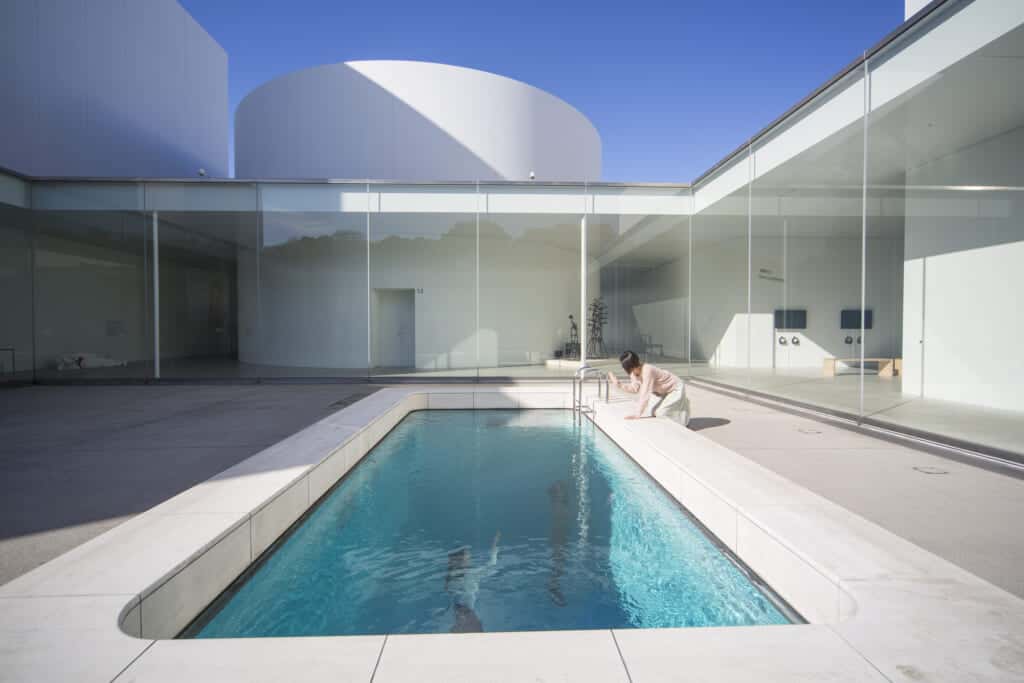
Admission varies according to the exhibition, but regular adult admission for most special exhibitions is ¥1,200.
Decorate Beautiful Items with Kanazawa Gold Leaf
Ishikawa Prefecture (石川県) boasts an impressive number of traditional crafts. One of the most famous is the gold leafing used to decorate many Japanese products, from chopsticks to the famous Golden Pavilion in Kyoto. Gold leaf as a material has existed for centuries, but it is only in the last 50 years that intricate golden leaves have been used to decorate household items. Today, gold leafing is even being used on food, and many Kanazawa-inspired dishes feature a tiny edible gold leaf as a symbol of the region. 99% of all gold leaf in Japan is produced in Kanazawa.
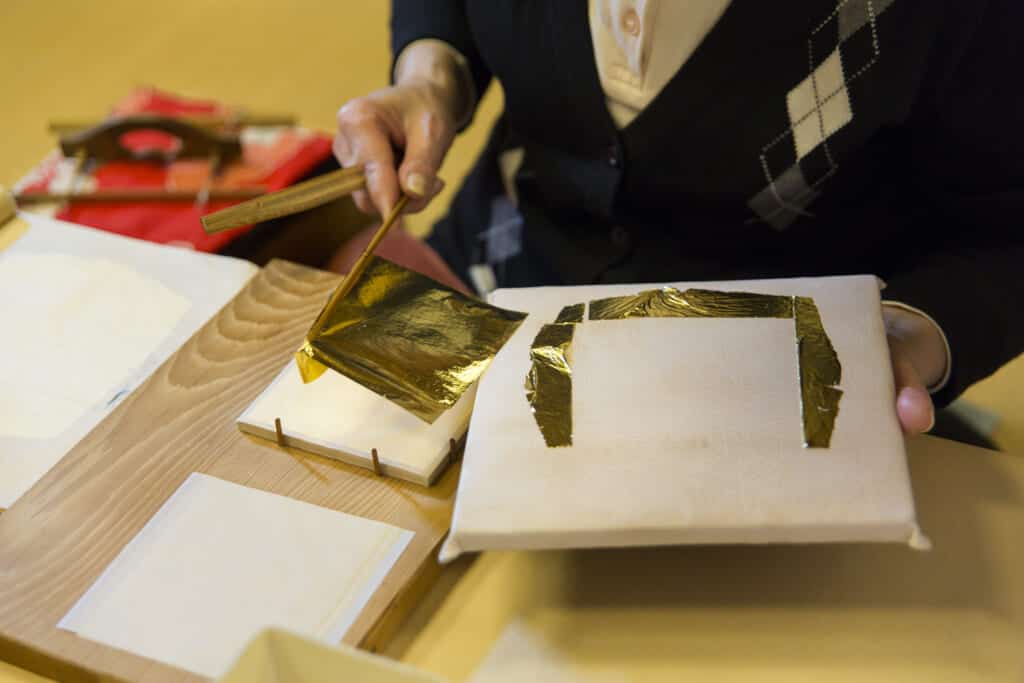
Sakuda (さくだ) is one of the primary producers of gold leaf, with five locations in Kanazawa and one in Toyama. The Sakuda main store in Kanazawa offers gold-leafing workshops where visitors can decorate items, such as chopsticks, plates, jewelry boxes, or compact mirrors with the famous Kanazawa gold leaf.
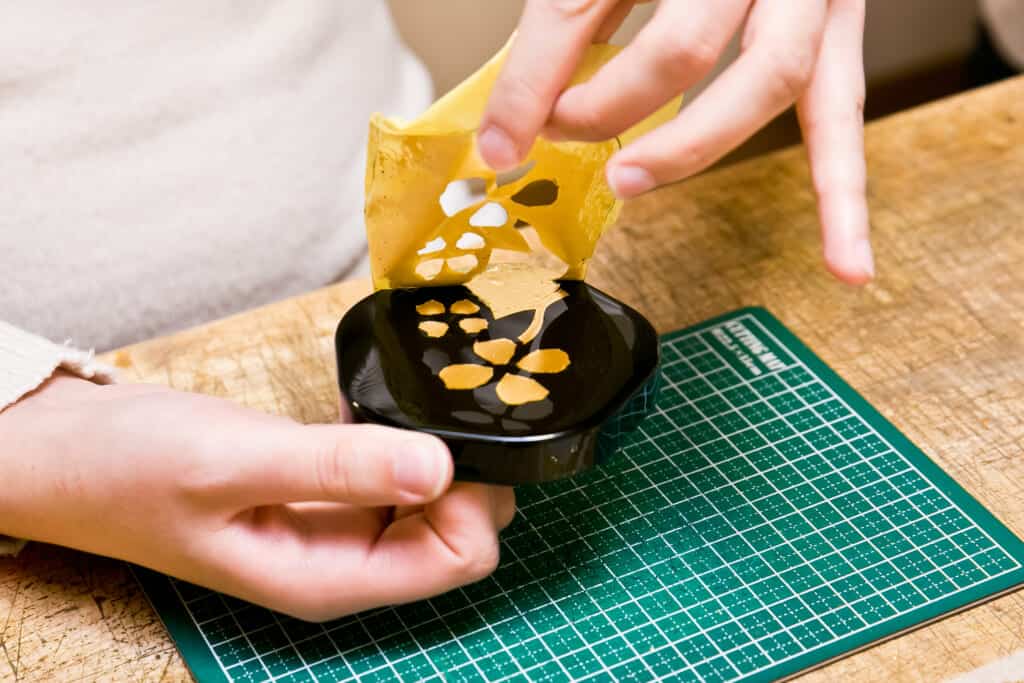
Stroll through Kanazawa’s Nagamachi Samurai District
Located in the shadow of Kanazawa Castle, the Nagamachi Samurai District (長町武家屋敷跡, Nagamachi Bukeyashiki) is where many of the middle-class samurais were housed during the Edo period. As much of Kanazawa avoided large-scale bombing during World War II, Nagamachi still retains many of its original features such as narrow streets, mud walls and old waterways. During the cold winter months, the mud walls are covered with straw mats to protect them from frost and subsequent cracking.
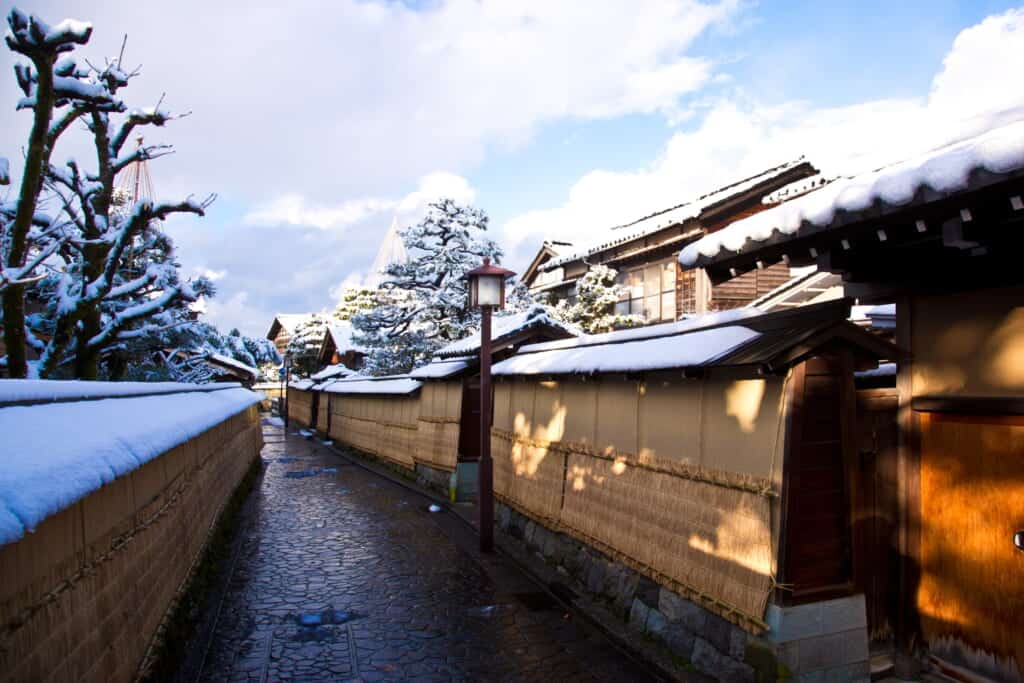
Nagamachi is an attractive area to stroll around and harks to Japan’s ancient past. A samurai residence called Nomura House has been carefully restored by the local government as a relic to show the samurai way of life. At small shops and restaurants dotted throughout the district, you can browse souvenirs and try many delicious foods. One of the specialities of Kanazawa is jibuni (治部煮), simmered duck and seasonal vegetables in a broth that has been thickened with potato starch or flour. The samurai district is the ideal place to sample this classic dish.
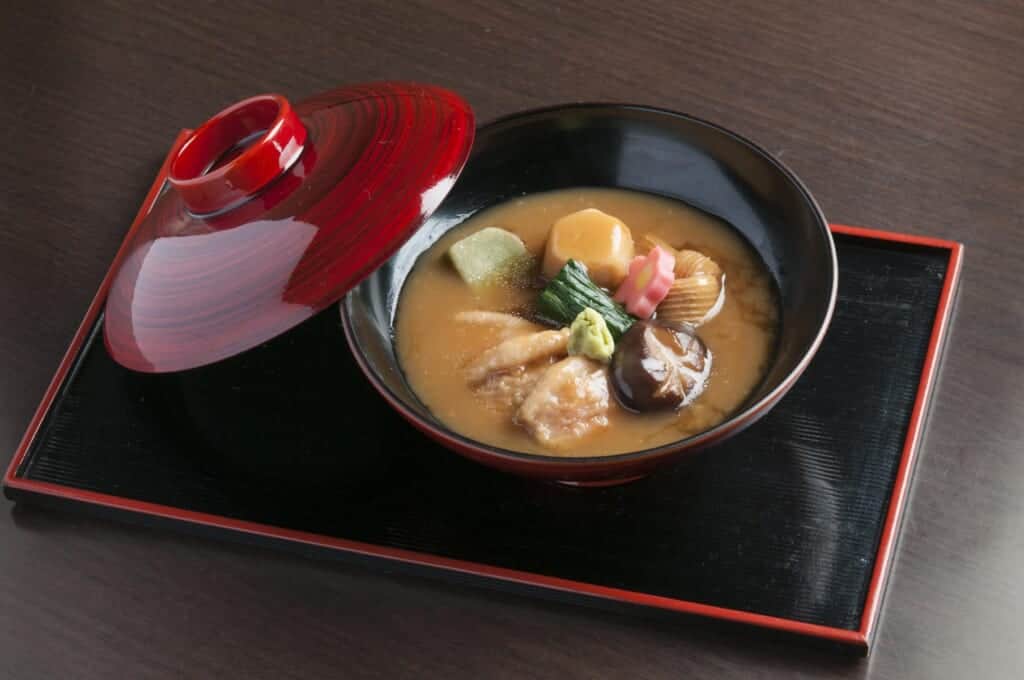
See a Geisha Performance in Kanazawa’s Higashi Tea House District
As the largest of Kanazawa’s three main ‘chaya’ (or ‘teahouse’) areas, Higashi Chaya (ひがし茶屋街) is lined with wooden teahouses where geisha still entertain to this day. Situated on the bank of the Asano River, some of the buildings date back to the 1820s, and visitors can hear the sound of the stringed shamisen (三味線) accompanied by the singing of geisha when walking around the area at night. While many of the working teahouses are not open to the public, Kaikaro presents geisha performances for visitors on some evenings.
Teahouses offer a refined atmosphere and the opportunity to try Japanese teas and sweets in a traditional setting. Higashi Chaya is also an ideal place to discover restaurants serving Kaga (加賀) vegetable dishes (Kaga is the historical name for this southern area of present-day Ishikawa Prefecture), as the region is famous for the quality of its vegetables and fresh seafood from the Sea of Japan.
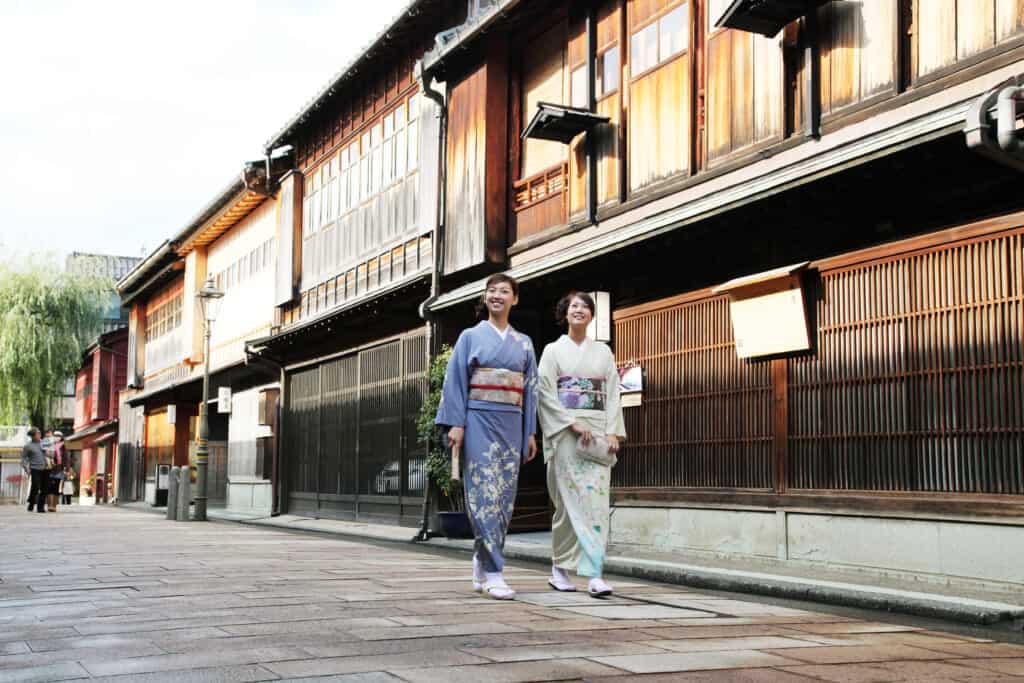
How to Get to Kanazawa
Kanazawa is a very walkable city, as all the major attractions are located within about 2 kilometers of Castle Park. The Kanazawa Loop Bus, which departs every 15 minutes from JR Kanazawa Station, also stops at all the main sites. A one-way ticket costs ¥200, while day passes can be purchased for ¥600.
Tradition and experience run deep through Kanazawa, making this historical Japanese city a unique place for anyone fascinated with the samurai culture of the Edo period. The region is easily accessible from Tokyo, as well as for Nagano skiers, thanks to the recent expansion of the high-speed bullet train. From the mighty Sea of Japan to cozy teahouses and hearty samurai cuisine, you will certainly be able to satisfy your yearning for Japanese culture, while discovering some of Kanazawa’s own hidden secrets along the way.
Sponsored by Hokuriku-Shin’etsu District Transport Bureau, Nagano City & Kanazawa City.
All photographs are courtesy of Kanazawa City.

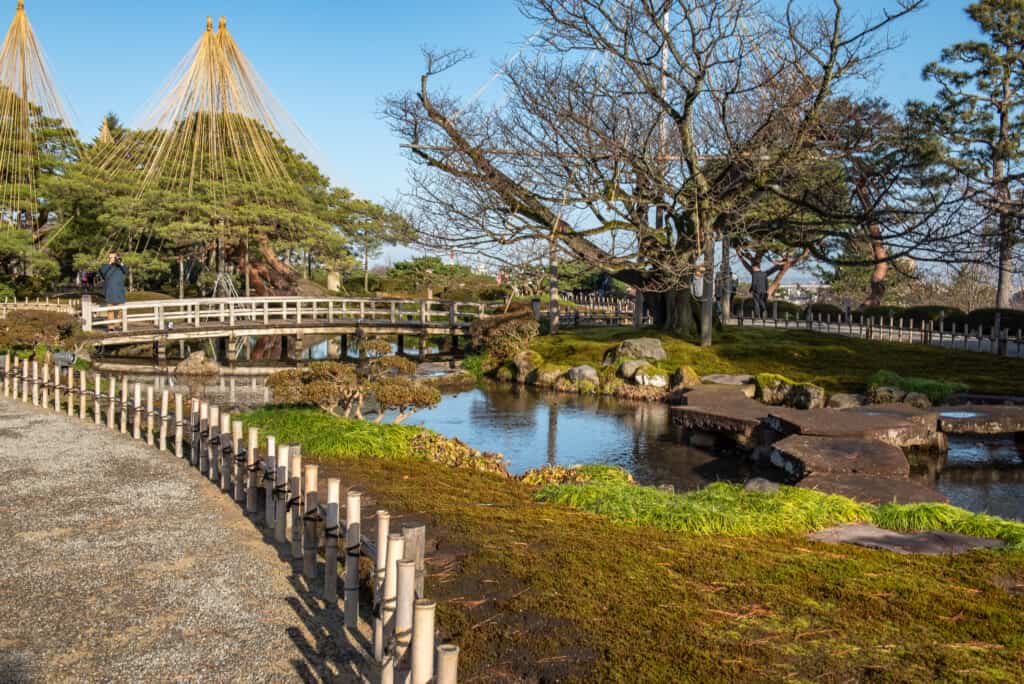
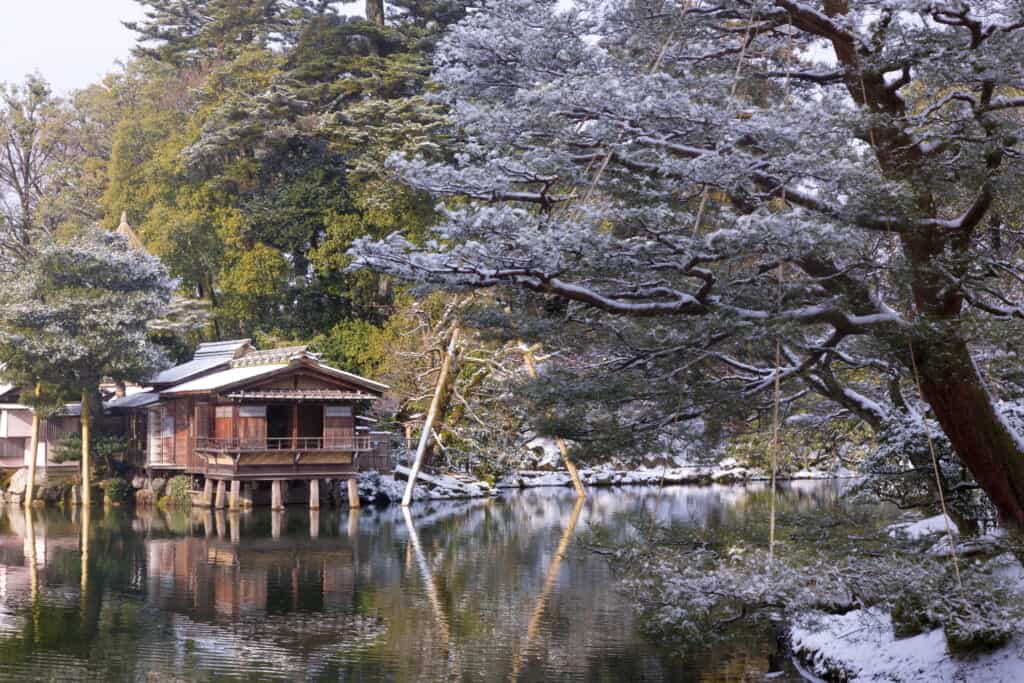
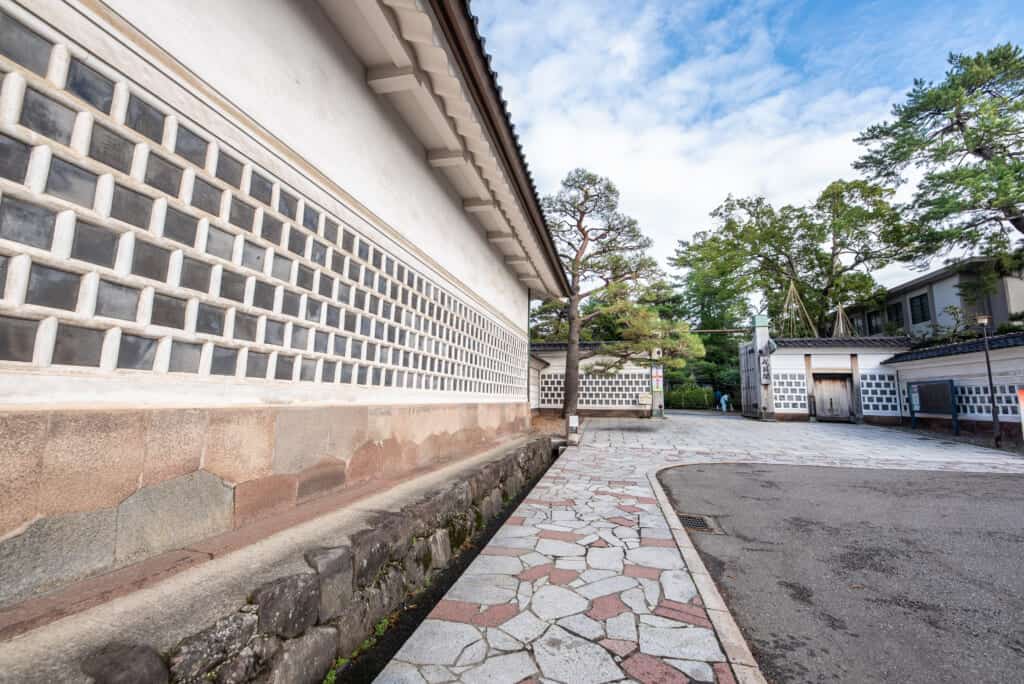
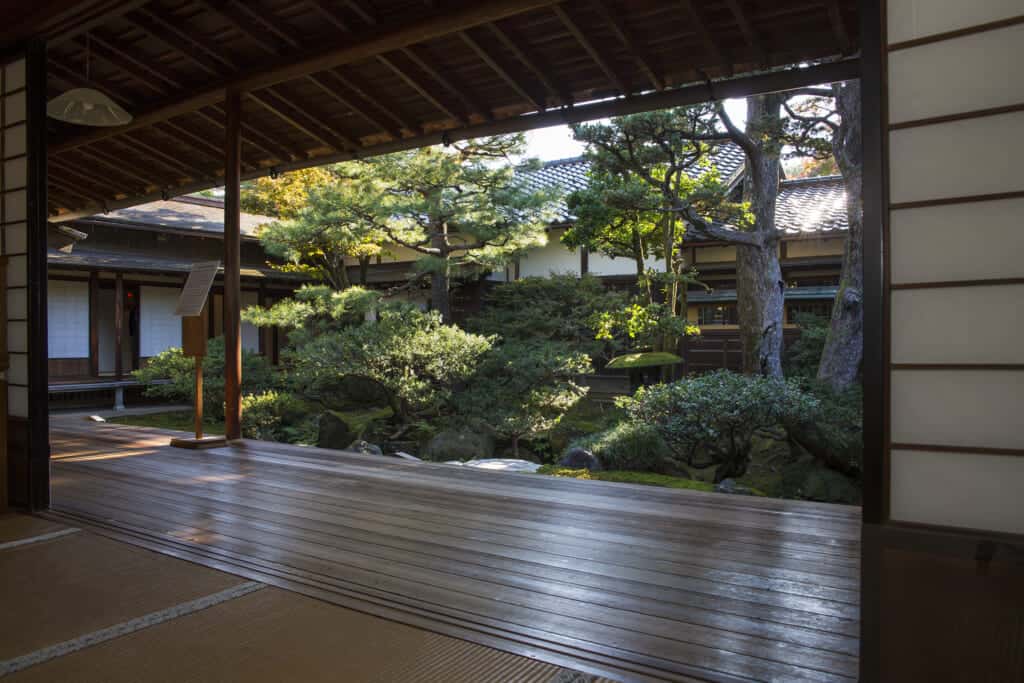
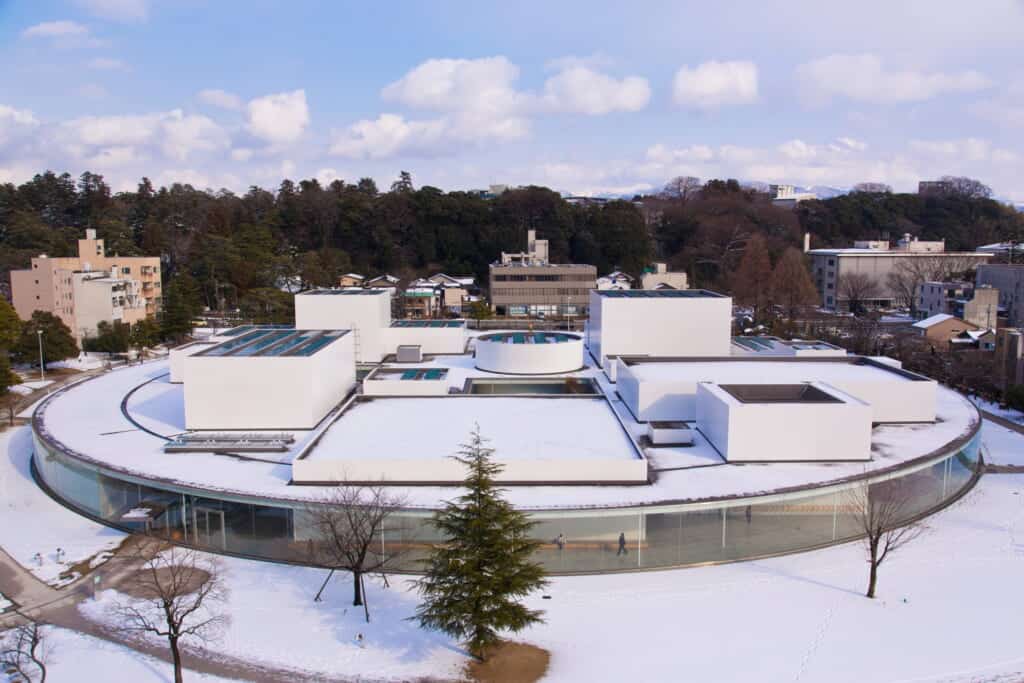
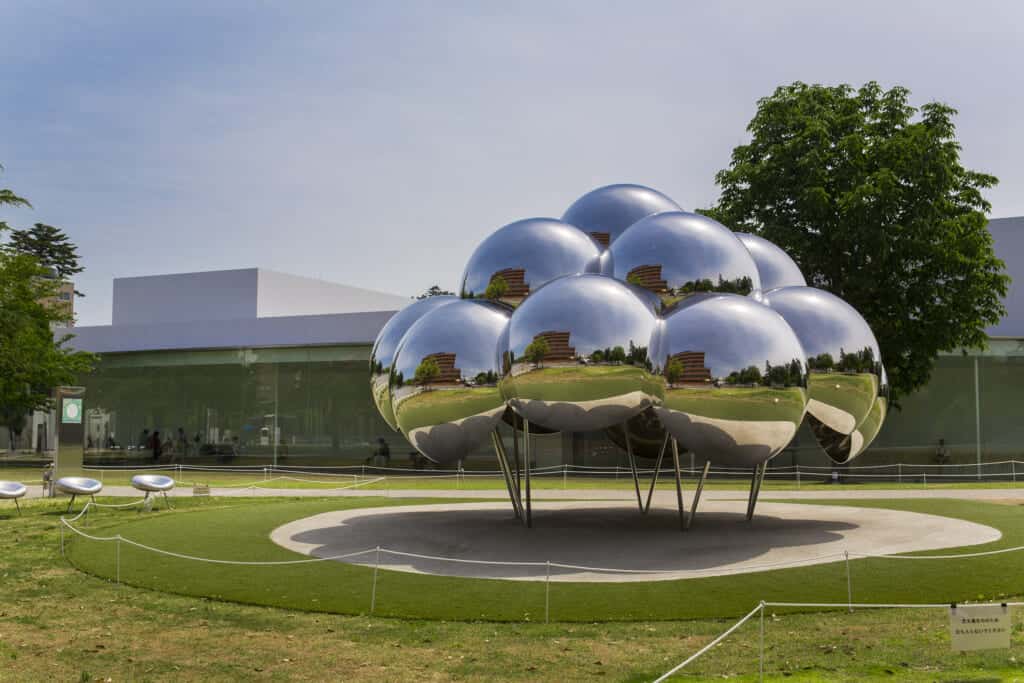
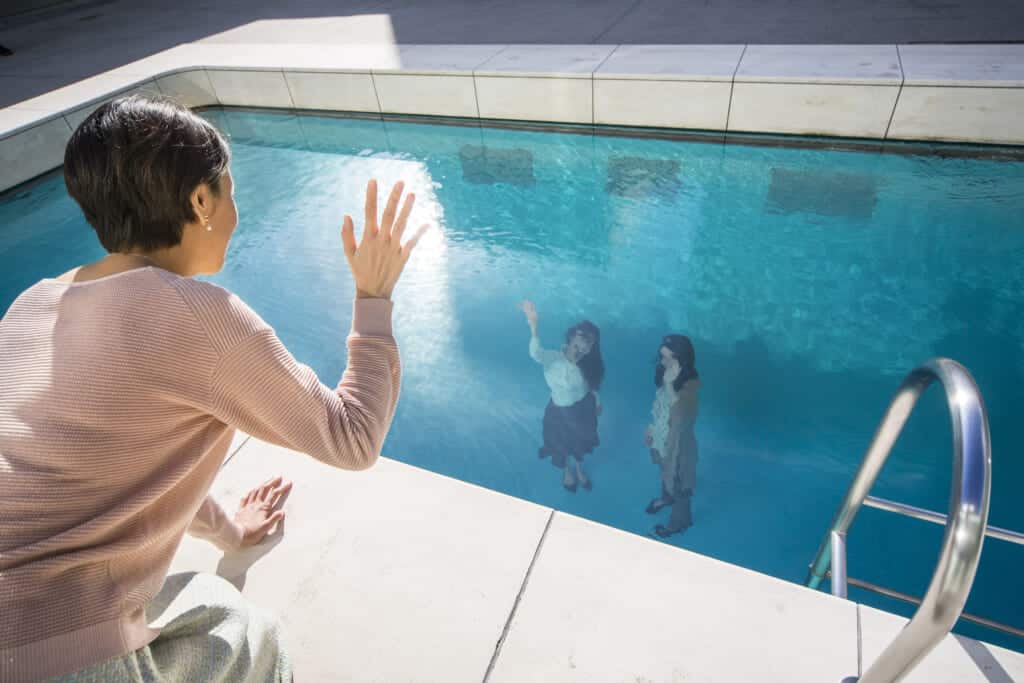
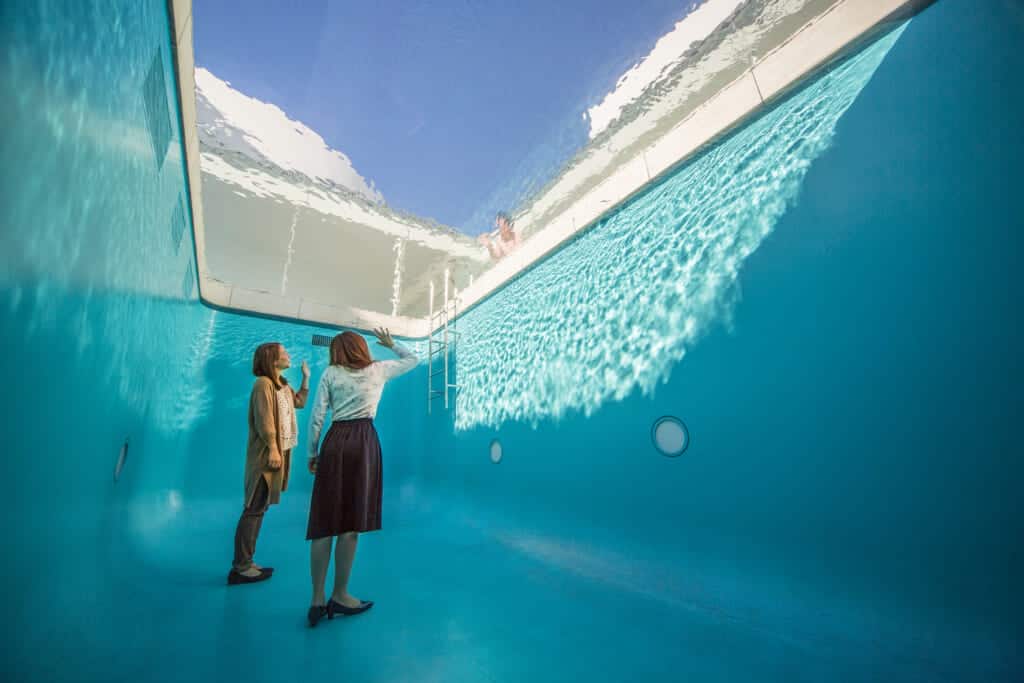
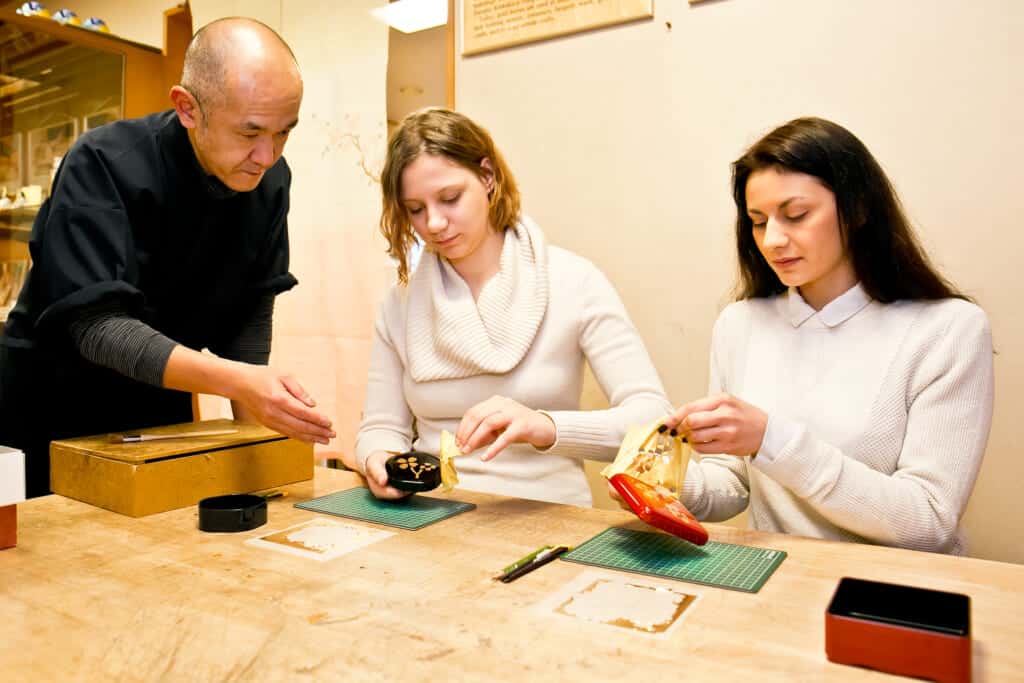
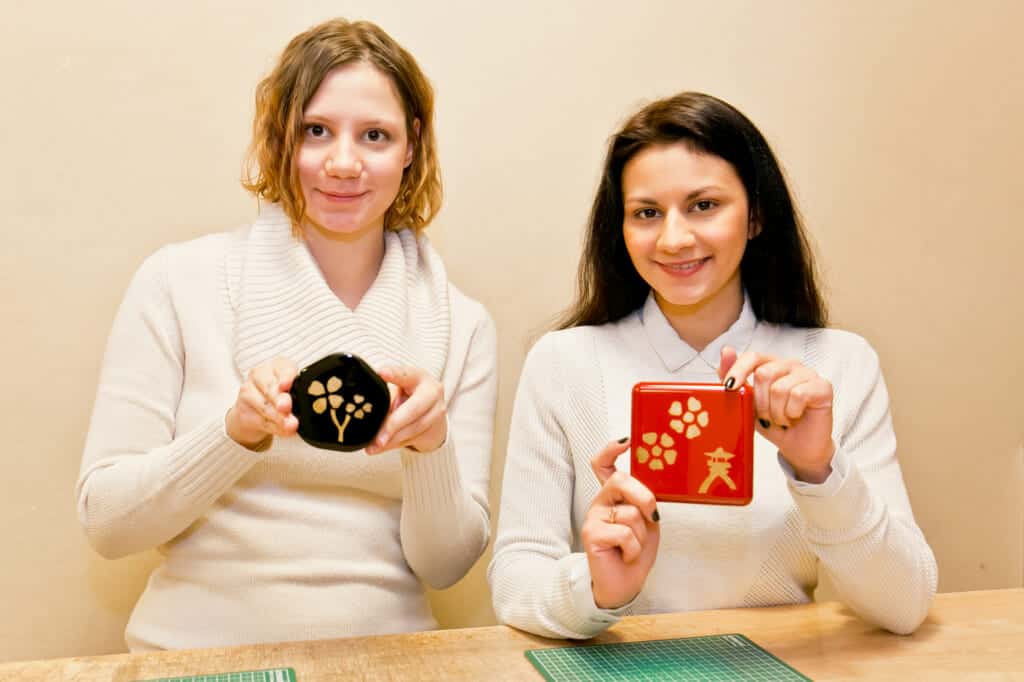
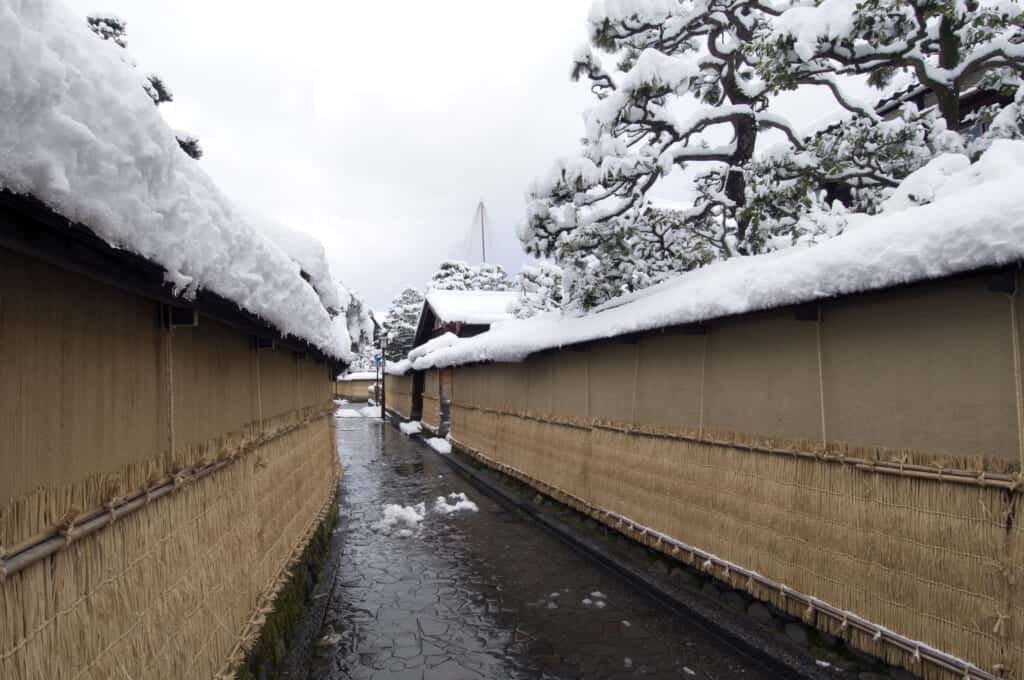
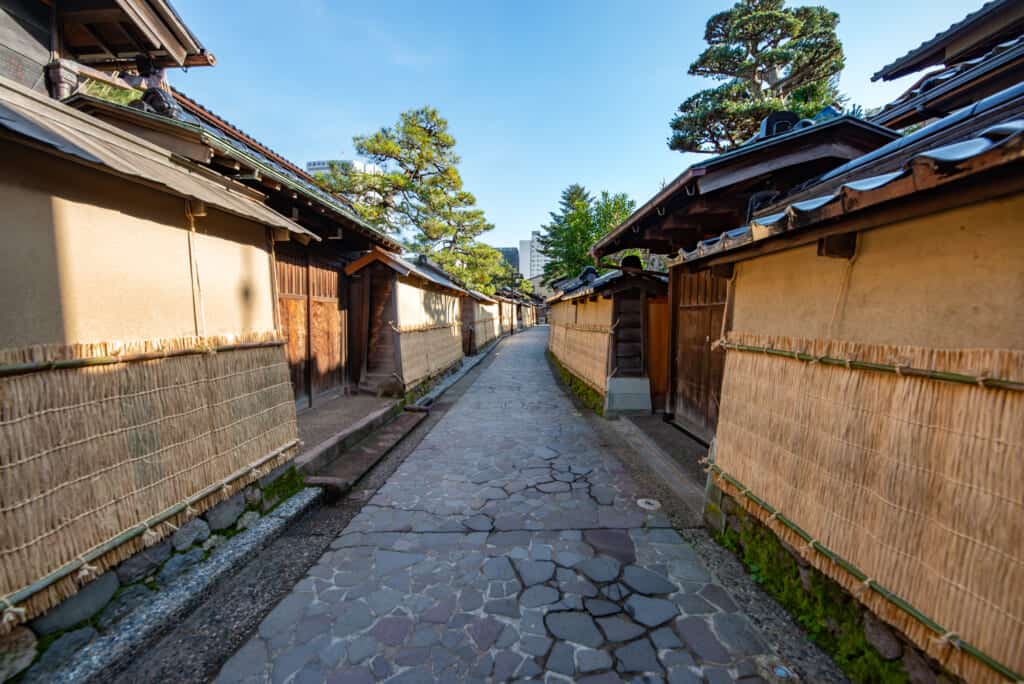
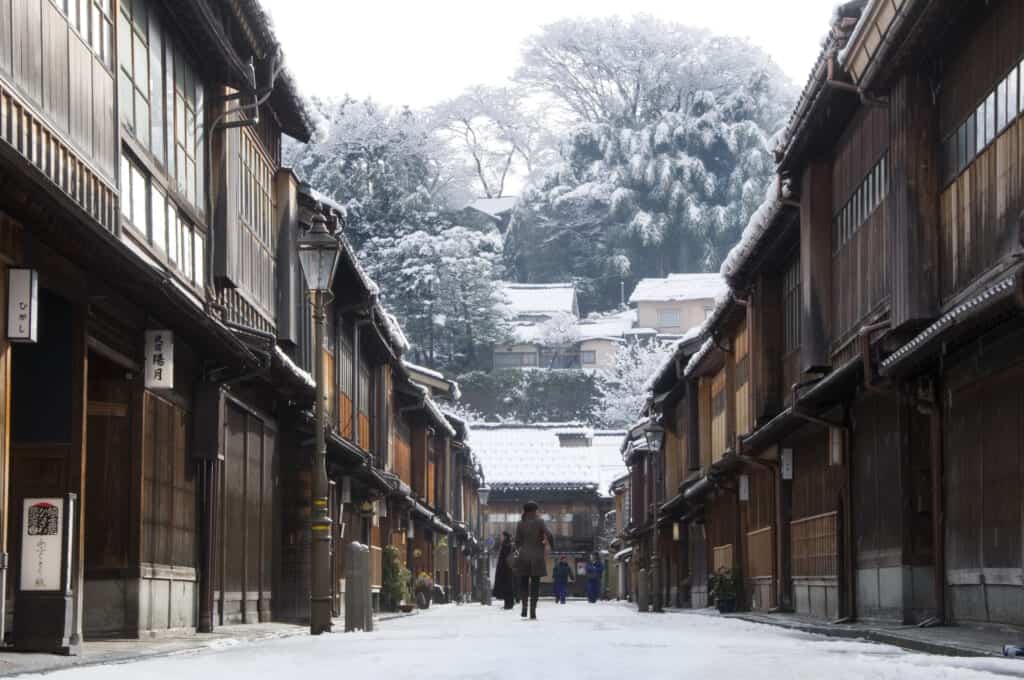
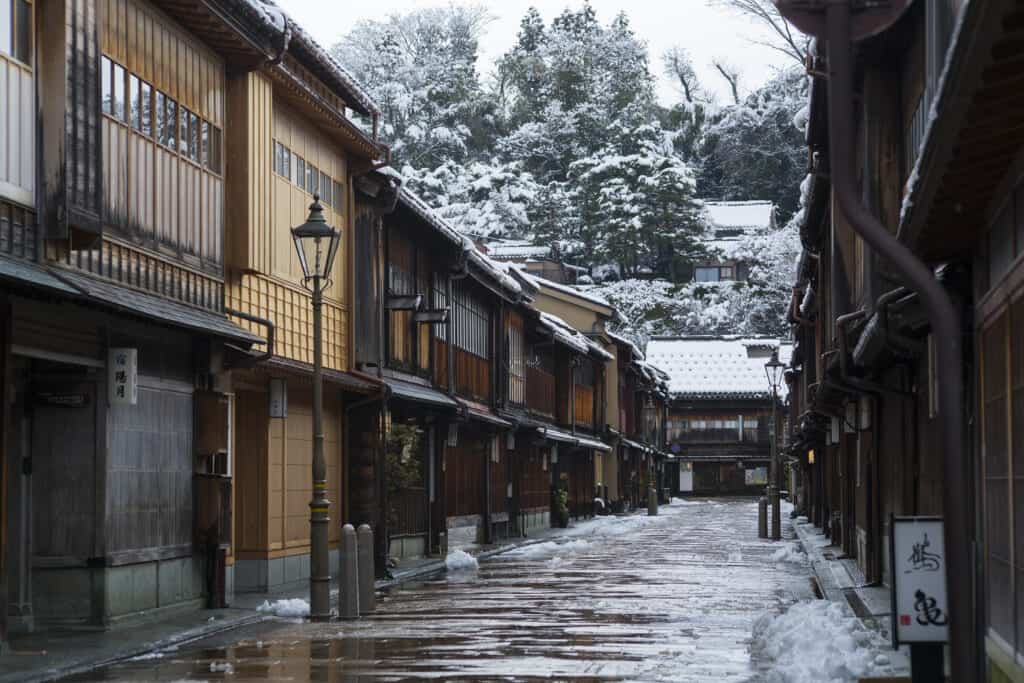

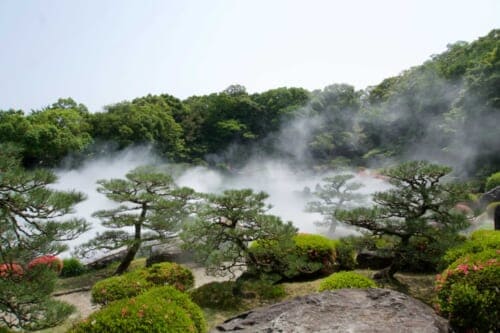
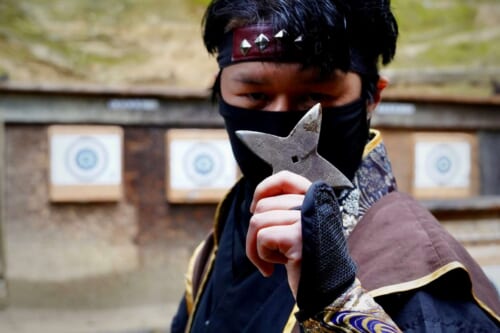

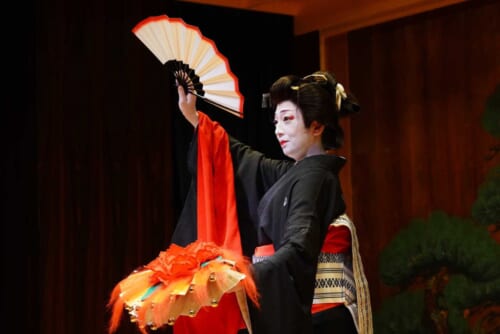
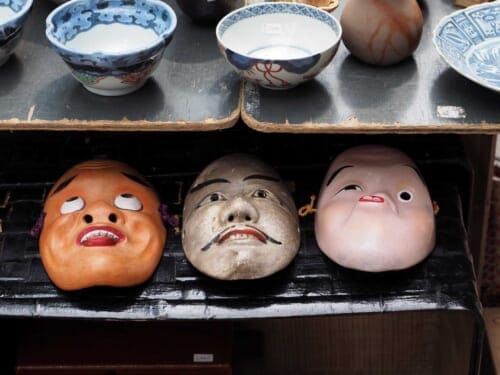
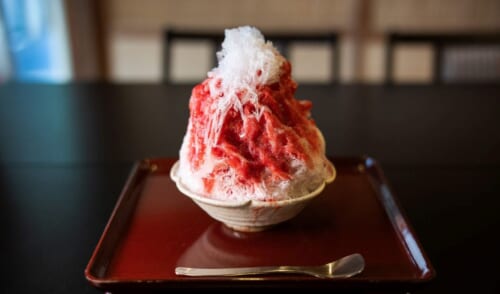
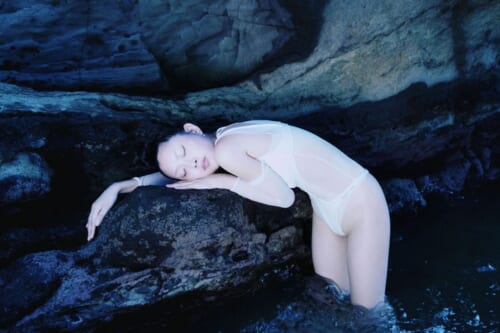
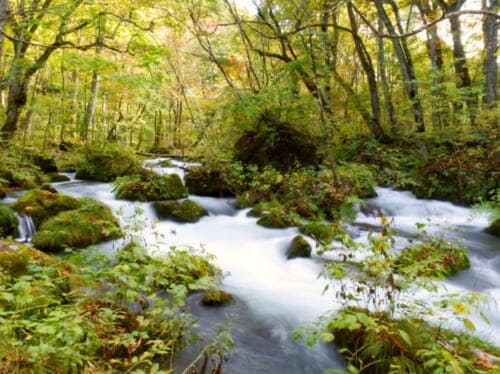
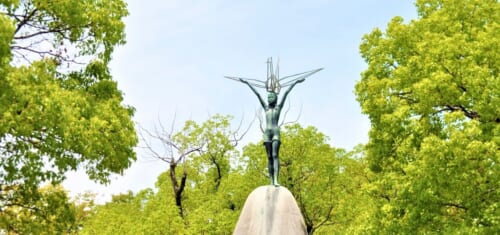
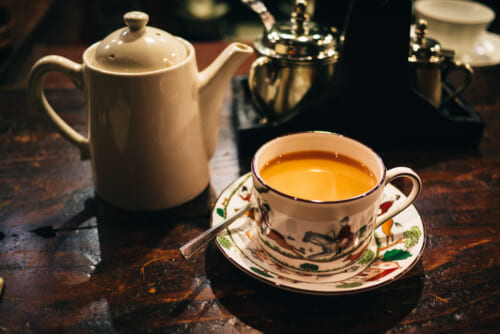


No Comments yet!